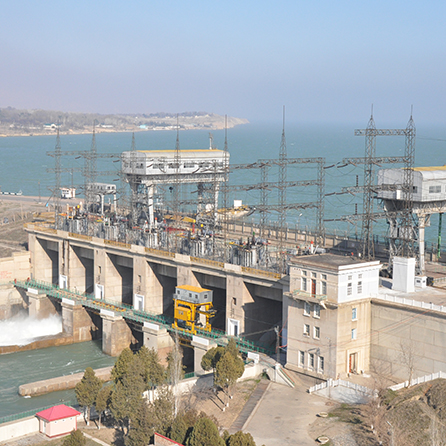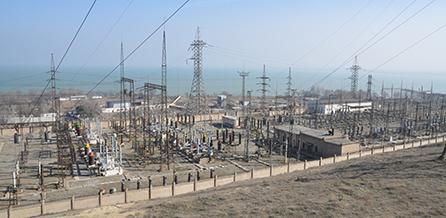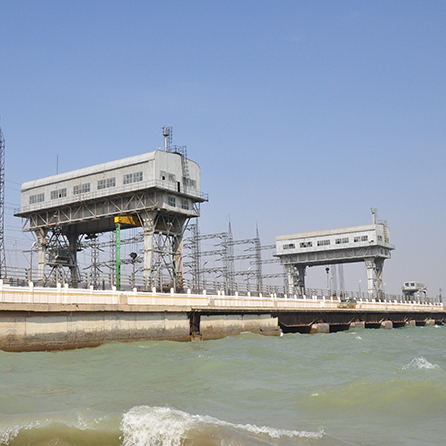Kairakkum Hydropower Plant – Feasibility Study
Project objectives
The main objective of this study is to identify the best technical solution for refurbishing and upgrading the 50 year old power plant and adapting the whole hydropower and irrigation scheme to international technical, safety and environmental standards. Special attention must be given to climate change effects and the considerable uncertainty regarding the hydrological regimes available for power generation over the next 30-50 years. For the pre-feasibility study a number of possible future turbine scenarios were studied to cover the entire spectrum of possible climate change scenarios. PMF analysis showed the need for additional spill capacities because this type of dam has no overtopping resilience.
Project data
Constructed in 1956, reservoir area of 513 m2, with gross storage capacity of 3,413.5 million m³ and effective storage capacity of 2,743 million m³. The dam consists of two parts: the hydraulic-fill/earth and rock dam totalling 1,202 m in length and a concrete dam 130 m in length. The concrete part of the dam includes power plant and spillways. Reservoir for seasonal regulation of water needed for irrigation of cotton fields in the Fergana Valley as well as for generating electricity.
Project content
Feasibility study for the rehabilitation and upgrading of the 126 MW Kairakkum hydropower plant on the Syrdarya River. Special consideration to strengthening the power plant’s resilience against climate change effects (PPCR study – Pilot Programme for Climate Resilience, launched under Climate Investment Funds CIF).
Project specifics
EBRD funded study (TCS ID: 34383)
Services
Pre-feasibility and feasibility study for the rehabilitation of the HPP in Tajikistan, climate resilience study.
Services of CES






